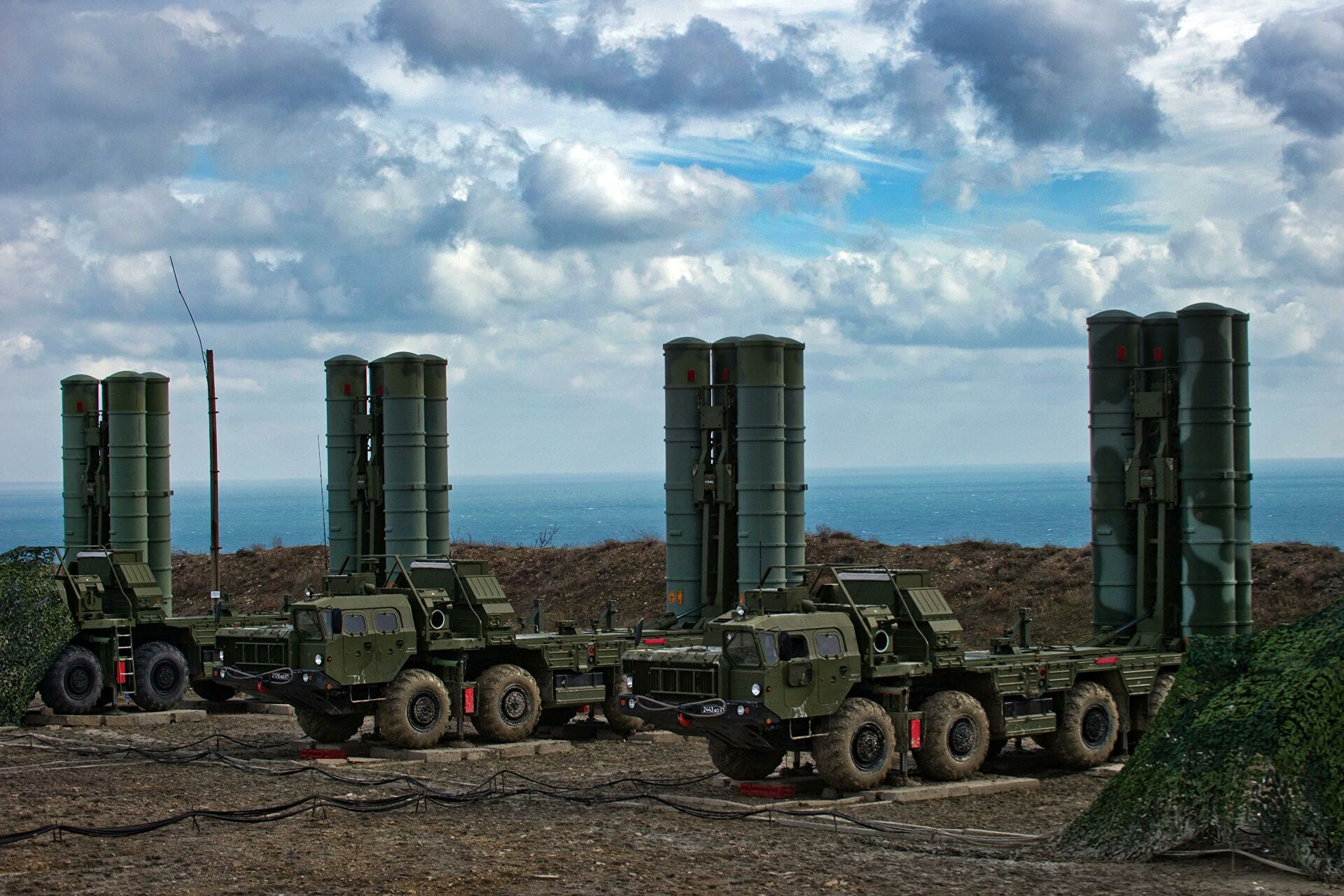SOURCE: RAUNAK KUNDE / NEWS BEAT / IDRW.ORG

The recent successful test of the Fatah-II missile by Pakistan has stirred up strategic discussions in both India and Pakistan. While Pakistani analysts hail it as a game-changer, Indian experts raise questions about its effectiveness against India’s air defense systems.
Umair Aslam, a Pakistan based Analysts believes that Fatah-II barrage will be used to take out India’s S-400 launchers with saturation attacks, since Fatah-II is equipped with advanced features including state-of-the-art avionics, a sophisticated navigation system, and a distinctive flight trajectory.
Indian analysts Ranesh Rajan, pointed to its limitations. The “flat trajectory” design, while making radar detection difficult, also increases vulnerability to interception by low-altitude air defense systems like VSHORADS. Indian analyst also point out that so called Chinese sophisticated navigation system on the Fatah-II will be prone to Electronic warfare near the S-400 Launchers that will feed or obstruct or block them from using signals for course corrections while Projectile is inside Indian areas. Indian Electronic warfare Capabilities is much superior to Pakistan and is comparable to Western Technology.
Furthermore, Rajan also argued that 30-40% of Fatah-II Rockets if launched from 200 kilometers inside Pakistan might overshoot or undershoot Indian S-400 launchers positioned 150-200 kilometers within Indian territory, in high extensive spoofing environment. Rajan also highlighted the S-400’s mobility and the potential deployment of cheaper countermeasures to take out ones that are coming towards it. Indian Swathi Weapon Locating Radar is designed to detect and track incoming artillery rounds, mortar and rockets and locate their launchers, after barrage Fatah-II Launchers will need to be repositioned to avoid being hit by Indian Counter Battery.
Pakistan’s reliance on low-cost Chinese imports of Fatah-II and the Ukrainian use of the M142 HIMARS during the Ukraine-Russia war. The limited success of the HIMARS system against the Russian Buk air defense systems, fine-tuned with long-range radar warnings from the S-400, serves as a cautionary tale. It underscores the importance of considering the adaptability and effectiveness of missile defense systems in dynamic conflict scenarios.
NOTE : Article cannot be reproduced without written permission of idrw.org in any form even for YouTube Videos to avoid Copy right strikes. Websites doing illegal reproductions will get DCMA and Legal Notices.